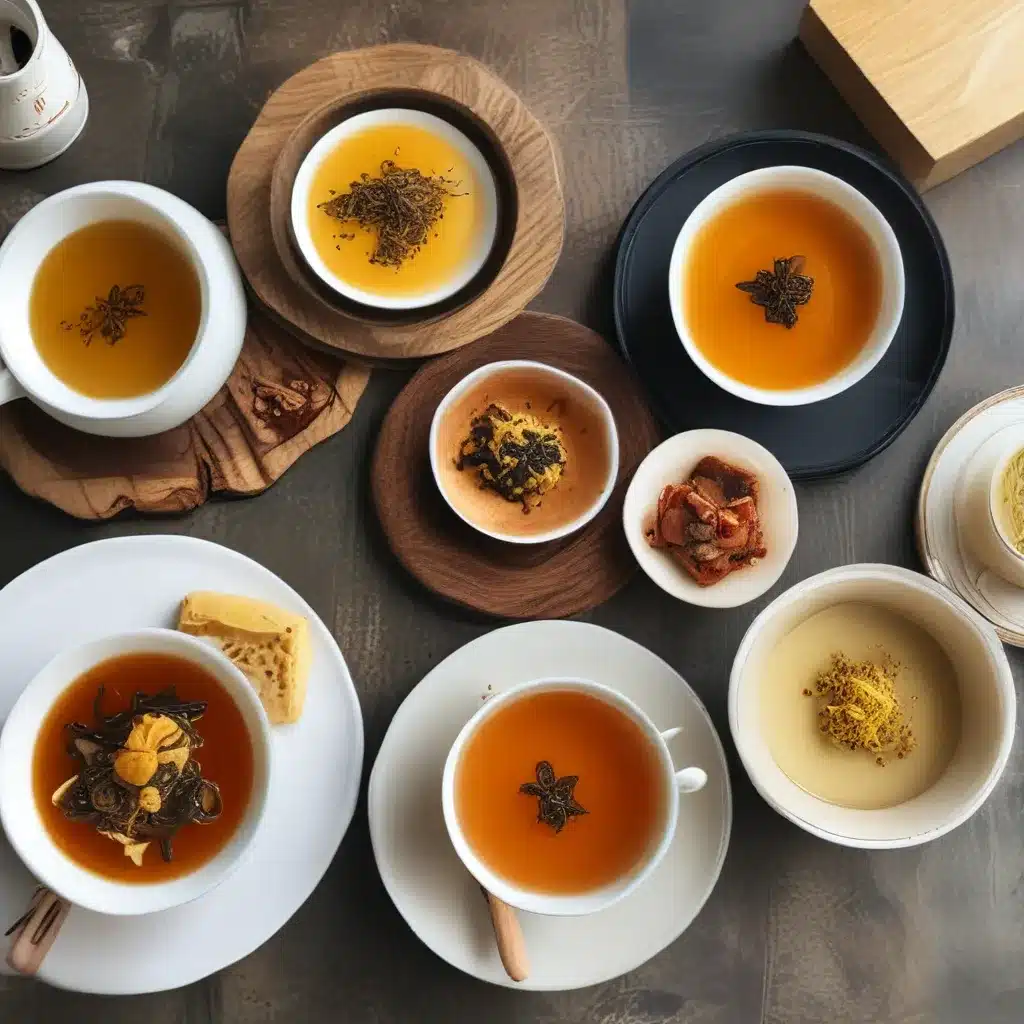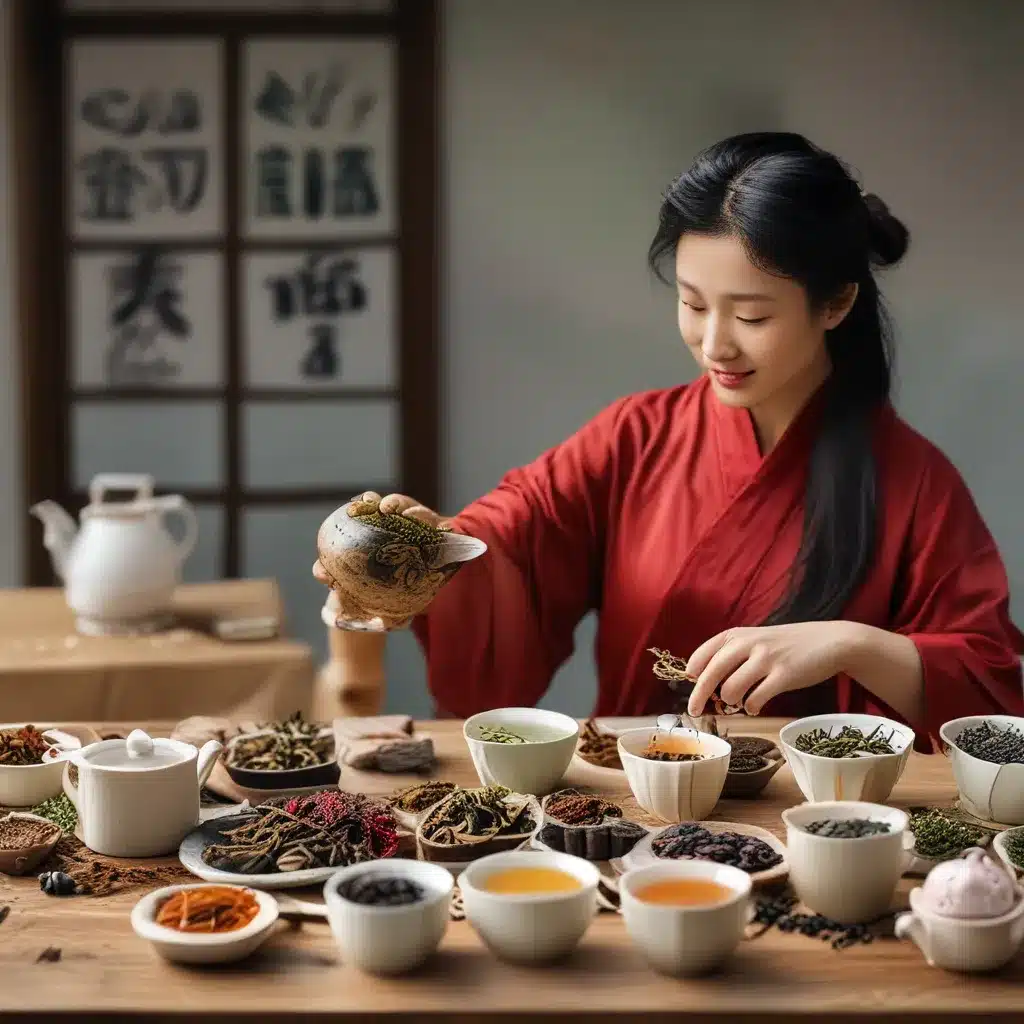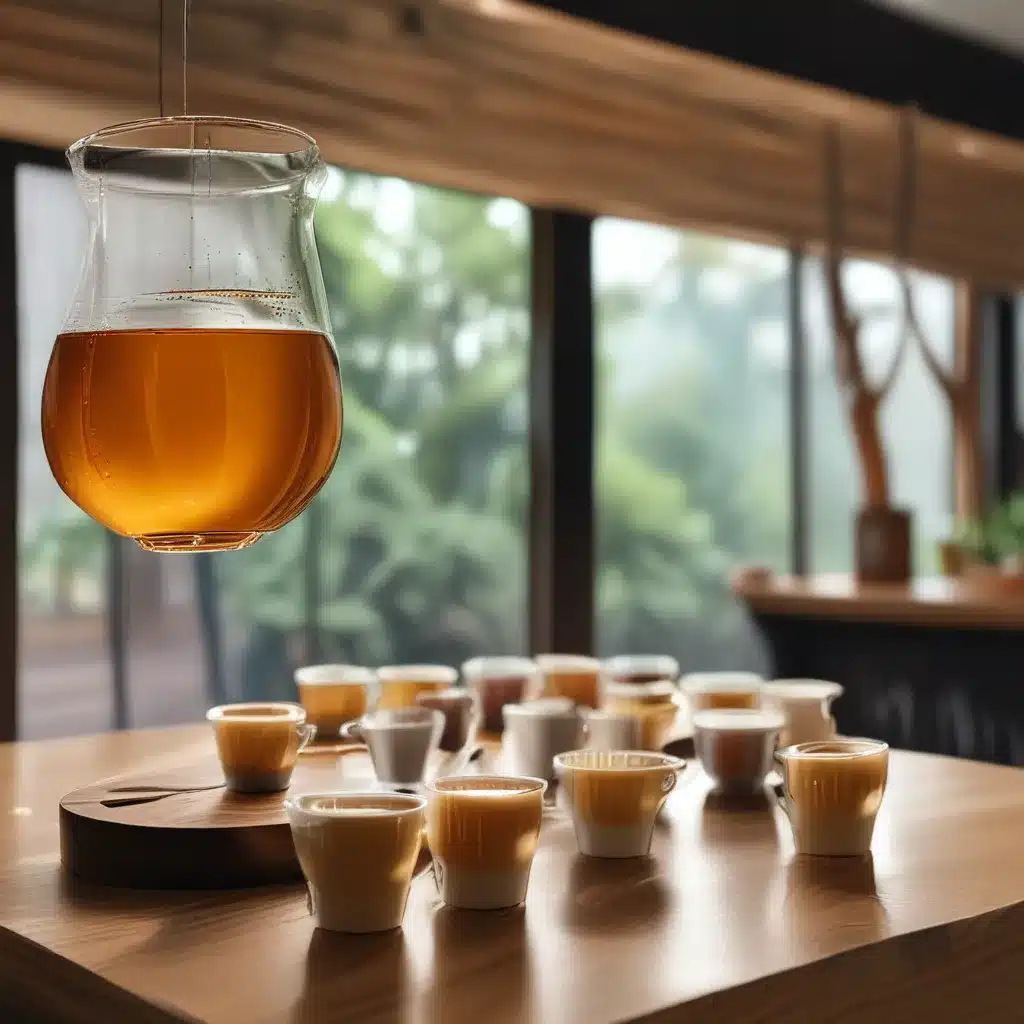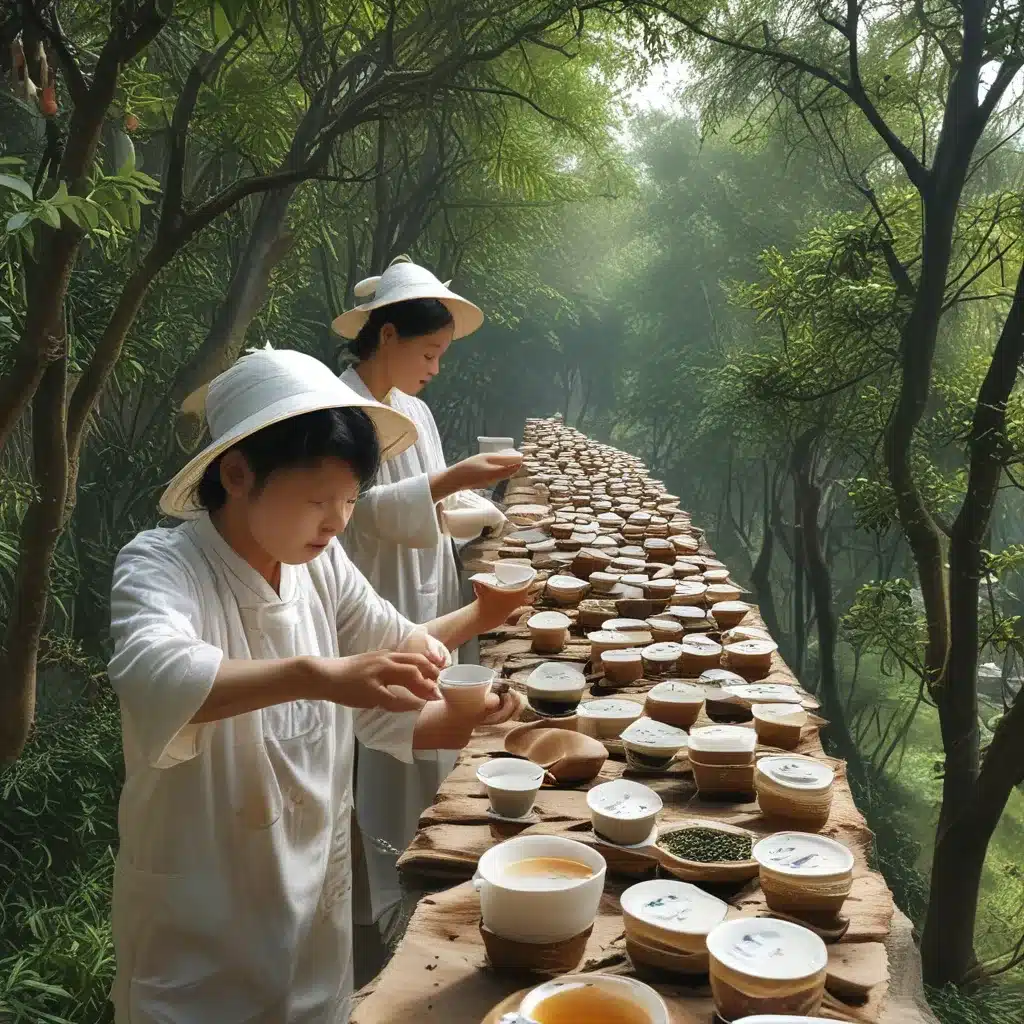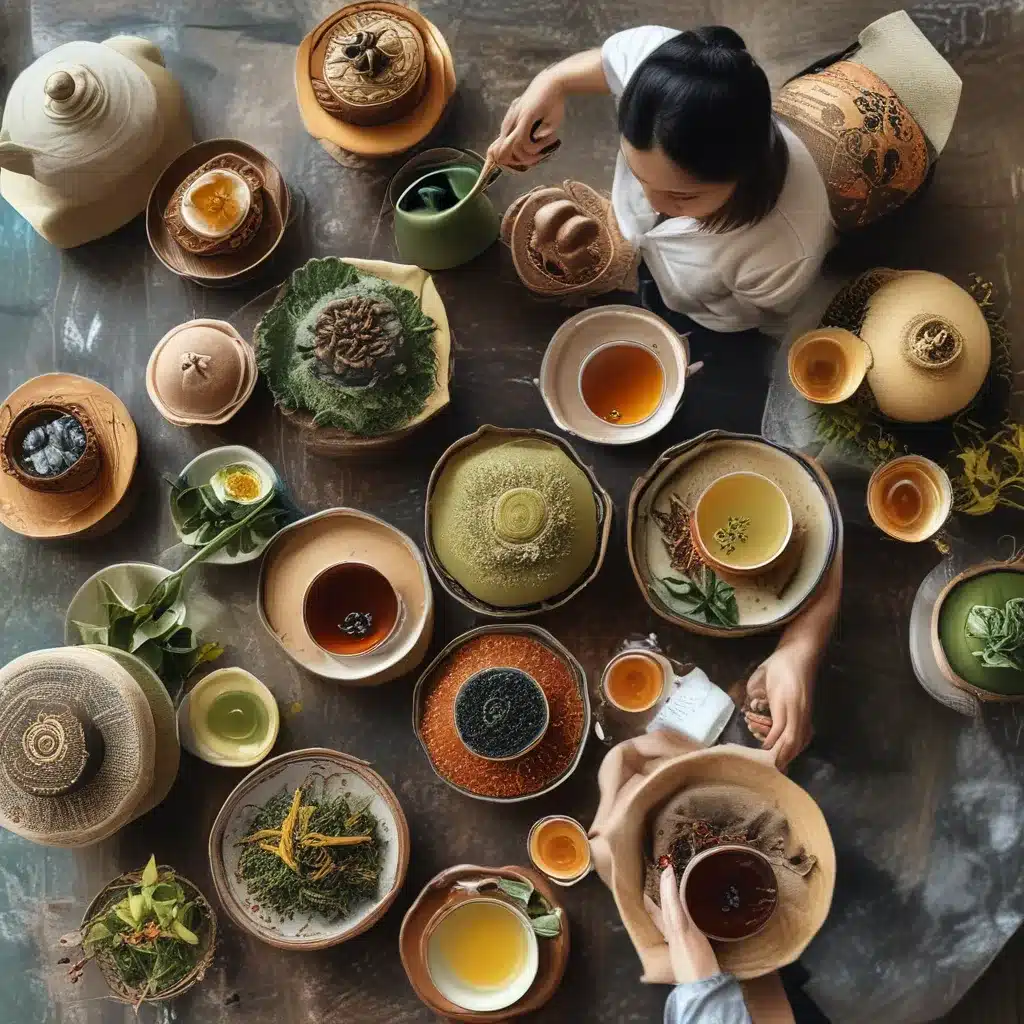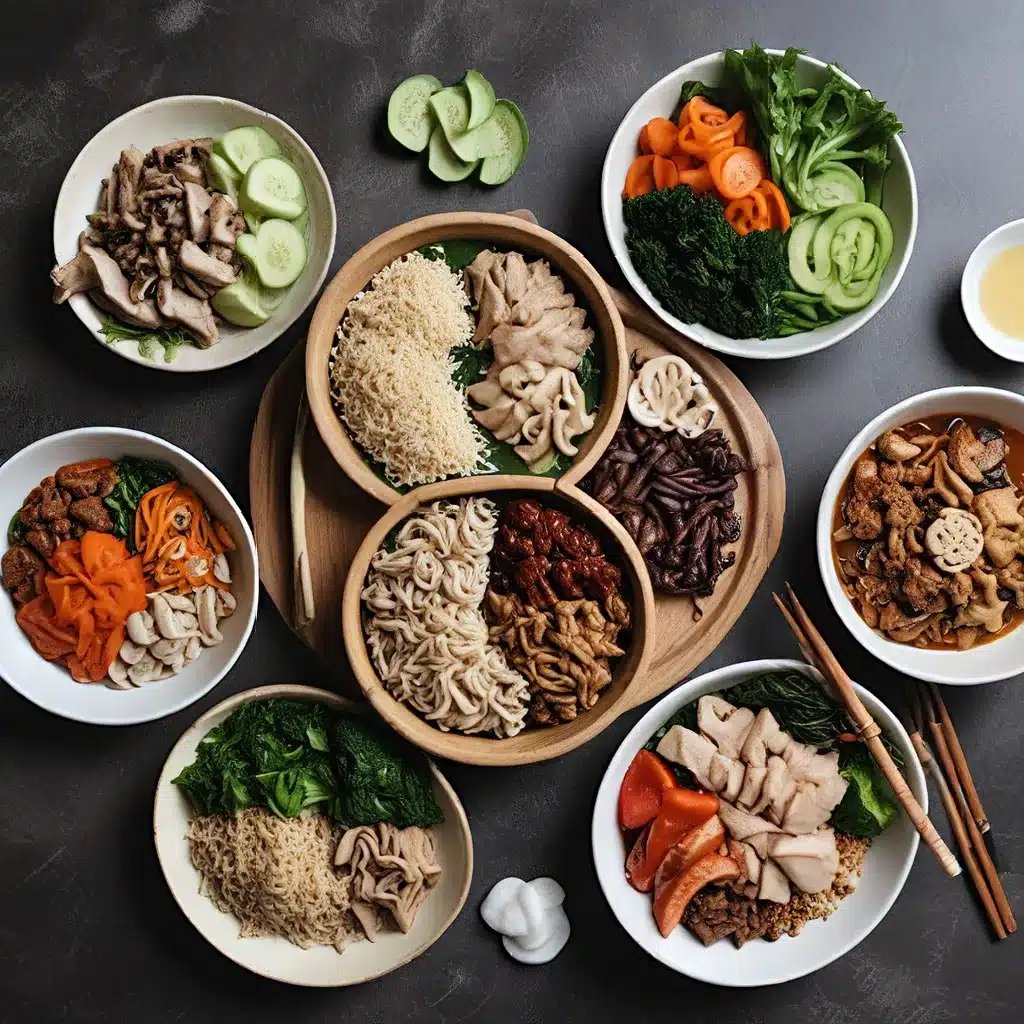
Embracing the Yin and Yang of Nutrition
As a lifelong lover of Shanghai cuisine, I’ve always been fascinated by the ancient principles that guide the art of healthy eating in Chinese culture. It’s not just about the delicious flavors – there’s a deeper harmony at play, a carefully curated balance between the yin and yang that nourishes the body and soul.
Growing up, I witnessed the almost ritualistic way my grandparents would plan their meals, selecting ingredients and cooking methods with the utmost care. It wasn’t just about feeding their hunger; it was about restoring balance, replenishing the body’s vital energy, and honoring the timeless wisdom of Traditional Chinese Medicine (TCM).
Uncovering the Secrets of Shanghai’s Culinary Tradition
My journey into the world of healthy Shanghai meal planning began when I stumbled upon an intriguing resource from the National Library of Medicine. This treasure trove of historical documents revealed the fascinating evolution of Chinese medicine, tracing its roots back to ancient emperors and physicians who laid the foundations for this holistic approach to wellness.
I was captivated by the concept of yin and yang – the opposing yet complementary forces that define the essence of Chinese philosophy and medicine. Good health, I learned, is believed to stem from a harmonious balance between the yin (negative, dark, and feminine) and the yang (positive, bright, and masculine) within the body.
The Timeless Wisdom of Emperor Huang Ti
One of the earliest and most influential figures in this rich tapestry of Chinese medical history is the legendary Emperor Huang Ti, also known as the Yellow Emperor. His seminal work, the Huang-ti Nei ching (The Canon of Internal Medicine), is considered the foundation for the classics of Chinese medicine.
In this ancient text, Huang Ti laid out the fundamental principles of yin and yang, emphasizing the importance of maintaining a delicate balance within the body. He believed that good health was a direct result of this harmony, and that any disruption to the yin-yang equilibrium could lead to illness and disease.
The Father of Chinese Medicine and His Legacy
Another pivotal figure in the annals of Chinese medical history is Emperor Shen Nung, often referred to as the “Father of Chinese Medicine.” Through his meticulous study of herbs and medicinal plants, Shen Nung is believed to have laid the groundwork for the Shen-nung pen tsao ching (Divine Husbandman’s Materia Medica), one of the earliest and most comprehensive pharmacopeias in Chinese history.
The legacy of these pioneering emperors continued to shape the evolution of Chinese medicine, with notable figures like Chang Chung-ching, often referred to as the “Hippocrates of China,” making groundbreaking contributions through his work on Shang han lun (Treatise on Colds and Fevers). As the centuries passed, the principles of yin and yang, the importance of balance, and the healing power of natural remedies remained the cornerstones of this rich and enduring tradition.
Navigating the Postpartum Journey with Yin and Yang
The principles of yin and yang extend far beyond the realm of general health and wellness. As I delved deeper into my research, I came across a fascinating article on The Woks of Life that shed light on the intricate role of yin and yang in the Chinese postpartum diet.
According to Traditional Chinese Medicine, the body’s delicate balance of yin and yang is thrown off during the taxing journey of pregnancy and childbirth. The postpartum period is a critical time for restoring this equilibrium, and the food choices a new mother makes play a crucial role in this process.
Embracing the Warmth of Nourishing Meals
The Chinese postpartum diet emphasizes the importance of consuming warm, nourishing foods that can help replenish the body’s internal heat and boost circulation. This is in stark contrast to the traditional Western approach, which often focuses on weight loss and “bouncing back” to pre-pregnancy shape.
As I read through the insights shared on The Woks of Life, I was struck by the holistic approach to postpartum care. The article highlighted the importance of avoiding cold and raw foods, as they are believed to disrupt the body’s yin-yang balance and hinder the recovery process. Instead, the focus is on incorporating warming ingredients like ginger, cinnamon, and black sesame seeds into hearty soups, nourishing porridges, and easy-to-digest proteins.
Striking a Balance Between Yin and Yang
The principles of yin and yang don’t just apply to the postpartum period – they are the foundation for healthy eating in the Shanghai culinary tradition. As I delved deeper into my research, I discovered that this delicate balance is the guiding light for meal planning in the One Dragon Restaurant and beyond.
The key, I learned, is to strike a careful balance between the yin and yang qualities of various ingredients. Cooling foods like cucumber, radish, and tomatoes are counterbalanced with warming elements such as ginger, garlic, and onions. Even fruits are categorized along the yin-yang spectrum, with watermelon and pears considered more yin, while dates and citrus fruits tend towards the yang.
Embracing the Harmony of Seasonal Eating
Seasonality is another crucial factor in maintaining the yin-yang equilibrium in Shanghai cuisine. Just as the natural world cycles through the seasons, our bodies have different nutritional needs throughout the year. In the summer, cooling and hydrating foods like watermelon and cucumber can help counteract the intense heat. As the weather turns colder, the body craves the warming nourishment of hearty soups, stews, and braised dishes.
By tuning into the rhythms of nature and honoring the yin-yang balance in our meal planning, we can nourish our bodies and minds in a way that aligns with the principles of Traditional Chinese Medicine. It’s a holistic approach that goes beyond just counting calories or macros – it’s about listening to the wisdom of our ancestors and embracing the harmony that exists within the natural world.
Cultivating the Art of Mindful Eating
As I reflect on the lessons I’ve learned about healthy Shanghai meal planning, I’m struck by the profound emphasis on mindfulness and intention. This is not just about fueling the body; it’s about nourishing the soul, honoring the delicate balance of yin and yang, and cultivating a deep appreciation for the inherent wisdom of traditional Chinese culinary practices.
At the One Dragon Restaurant, we don’t just serve up delicious dishes – we strive to create a dining experience that transports our guests on a journey of discovery, where the principles of yin and yang come alive in every bite. From the carefully curated ingredients to the harmonious flavors and textures, every aspect of our menu is designed to promote a sense of balance, wellness, and connection to the rich heritage of Shanghai cuisine.
So, the next time you sit down to enjoy a meal, I encourage you to pause, take a deep breath, and let the principles of yin and yang guide your culinary adventure. Embrace the warmth of ginger-infused broths, the nourishing richness of black sesame porridge, and the rejuvenating crunch of seasonal vegetables. Allow your senses to be captivated by the harmonious dance of flavors, and let the wisdom of the ages inspire you to cultivate a healthier, more balanced relationship with food.

